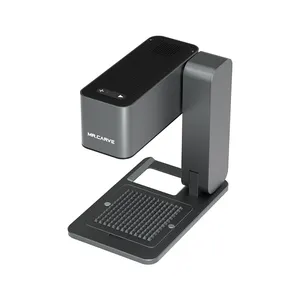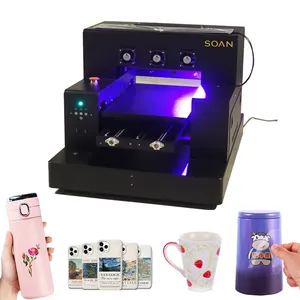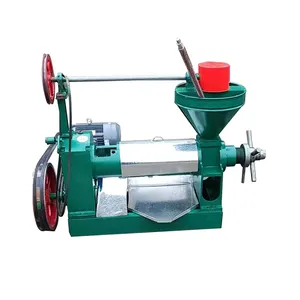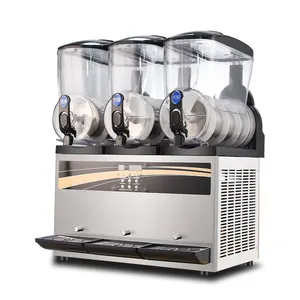Popular in your industry


































































Related Searches:








































































































































Top categories
About braille equipment
Braille equipment refers to tools, devices, and materials designed to facilitate reading, writing, and communication for individuals with visual impairments. These specialized tools are essential in enabling people with blindness or low vision to access and interact with printed or digital content through the tactile representation of alphabetic and numerical symbols. Braille equipment encompasses a diverse range of products, including electronic Braille devices, embossers, notetakers, and displays. Each of these devices plays a crucial role in the daily lives of individuals with visual impairments, empowering them to engage with the world around them.
Types of Braille Equipment
The types of braille equipment are varied and serve different purposes to meet the diverse needs of individuals with visual impairments. An essential type of braille equipment is the refreshable Braille device, which features a display composed of pins that can be raised or lowered to form Braille characters dynamically. These devices are connected to computers or mobile devices and enable users to read digital content in Braille, such as emails, documents, or web pages. Another key type of braille equipment is the Braille embosser, a device that translates digital text into embossed Braille on paper. This is particularly useful for producing tactile documents, such as Braille books or educational materials. Notetakers are portable electronic devices equipped with Braille displays and note-taking capabilities, allowing users to write, read, and store information in Braille. Additionally, there are Braille labelers, which are handheld devices used to create tactile labels for identifying objects, such as food items, files, or household items.
Advantages of Braille Equipment
The advantages of Braille equipment are significant in enhancing the independence, accessibility, and educational opportunities for individuals with visual impairments. These devices empower users to access and navigate a wide range of information independently. For example, iPhone Braille devices enable users to use smartphones, access mobile applications, and communicate via text messages in Braille. This integration of technology enhances communication and social inclusion. Braille equipment also plays a crucial role in educational settings. It facilitates the learning of Braille as a literacy skill and provides access to textbooks, study materials, and interactive learning resources. Additionally, the portability of devices like notetakers allows students to take notes in class and complete assignments efficiently. In the professional realm, Braille equipment is instrumental in supporting individuals with visual impairments in the workplace. Braille displays enable users to access digital documents, participate in virtual meetings, and engage with software applications independently. This integration of Braille technology in various industries promotes inclusivity and equal access to employment opportunities.
Applications of Braille Equipment
Braille equipment finds applications across various domains, contributing to accessibility, communication, and independence for individuals with visual impairments. In educational settings, Braille equipment is indispensable for students, providing access to textbooks, educational materials, and interactive learning tools. Notetakers play a vital role in classroom participation, while refreshable Braille displays facilitate the integration of technology in learning. Additionally, Braille labelers help students organize and identify resources. In the professional world, Braille equipment supports individuals with visual impairments in navigating the workplace. Braille display devices enable employees to access digital documents, emails, and software interfaces independently. This technology promotes inclusion and equal opportunities in various fields, from business to healthcare. Braille equipment also plays a crucial role in the realm of leisure and entertainment. Refreshable Braille devices allow individuals to access digital books, browse the internet, and engage with recreational content. In cultural institutions such as museums and libraries, Braille embossers are used to create tactile exhibits and materials for visitors with visual impairments. Furthermore, Braille equipment is essential in fostering independent living. Devices like Braille labelers help individuals organize their homes, identify personal items, and navigate daily tasks with confidence. In public spaces, Braille signage and labels enhance accessibility and ensure equal participation for all individuals. The multifaceted applications of Braille equipment highlight its pivotal role in empowering individuals with visual impairments across educational, professional, leisure, and daily living contexts.





























